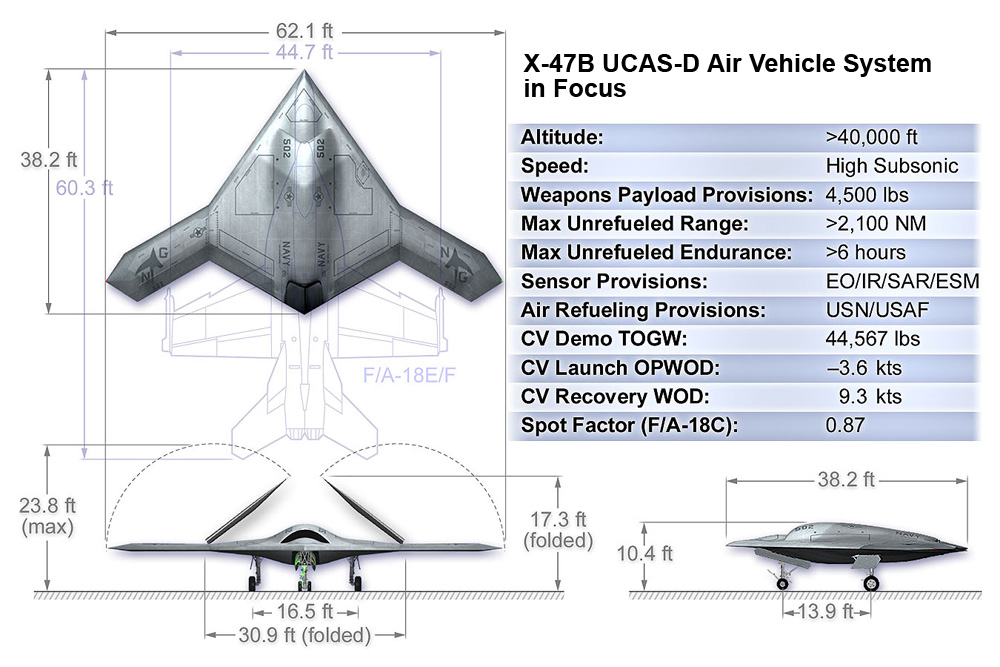Air National Guard fighter wing preps for alert missions at Tyndall
2/1/2011 - TYNDALL AIR FORCE BASE, Fla. (AFNS) -- U.S.-based alert pilots train to shoot down enemy aircraft over American soil.
They run exercise scenarios on a constant basis, preparing for that call to scramble. But all the dry runs in the world can't prepare a pilot for that moment when a live missile is released from the jet.
That's why members of the 148th Fighter Wing out of Duluth, Minn., is spending two weeks here working with 53rd Weapons Evaluation Group Airmen.
"We came here to shoot missiles and drop live ordnance to be better prepared for our air sovereignty alert mission," said Lt. Col. Reed Bowman, the 148th FW Block 50 conversion officer. "We also came to the WEG to validate our new weapons system."
Members of the 148th FW support the Continental U.S. NORAD Region in carrying out Operation Noble Eagle - the command's response to the terrorist attacks on Sept. 11, 2001. These Airmen are replacing their older Block 25 F-16 Fighting Falcons with better equipped Block 50 (newly-upgraded) F-16s that have different engines and internal avionics. The upgraded airframe will enhance the wing's ability to support ASA missions.
The 53rd WEG, a detachment of the 53rd Wing at Eglin Air Force Base, Fla., provides the Duluth pilots an opportunity that doesn't come around too often.
"The last time we were here and had the opportunity to shoot live missiles was 2000," Colonel Bowman said.
During their two-week stay, Airmen from the 148th FW will run scenarios and missions created by the WEG members, who evaluate the fighter wing on their tactics, techniques and procedures from the ground up.
"They evaluate man, missile and machine," said Lt. Col. Glen Jaffray, a flight commander with the 179th Fighter Squadron, a subordinate unit of the 148th FW. "They look at the entire process: the maintainers' ability to load the munitions, the pilots' ability to employ the munitions and the jets' performance while firing the munitions."
When tasked with a mission that calls for deadly force, but rarely requires it, training like what the WEG Airmen provide is invaluable.
"The training we receive here gives us confidence in our jets' ability to perform," Colonel Bowman said. "When we shoot the live ordnance, we know our weapons system performs as advertised. Without the live ordnance, it's like a placebo effect."
That's an important advantage in a wing where nearly half of the pilots have never had the chance to fly a real-world alert mission.
While this deployment is an important step in the conversion to the new Block 50 F-16s, it's not the first training the pilots and maintainers have completed since they received their first new jets in April 2010.
"The internal architecture of the Block 50 is completely different from the Block 25," Colonel Bowman said. "It's a significantly different mission and skill set."
The wing's pilots attended a month-long course at Luke AFB, Ariz., while the maintainers and avionics technicians had their own training to attend to become familiarized with the new jet.
The complete conversion process takes approximately two years. But for now, the 148th FW Airmen are focused on their mission here.
"We are very happy to be here. The WEG provides us full service support and completely absorbs us into their construct," Colonel Bowman said. "They are very good at what they do."
"We're thrilled to have the 148th flying with us," said Lt. Col. Matthew Barker, the 53rd WEG deputy commander. "When you take the camaraderie, they bring to the fight and add in the confidence that comes from the rigorous weapons evaluations they're only able to do at Combat Archer (air-to-air) and Combat Hammer (air-to-ground), the result is increased combat effectiveness for their critical homeland defense mission or their next contingency deployment."
Air National Guard fighter wing preps for alert missions at Tyndall













